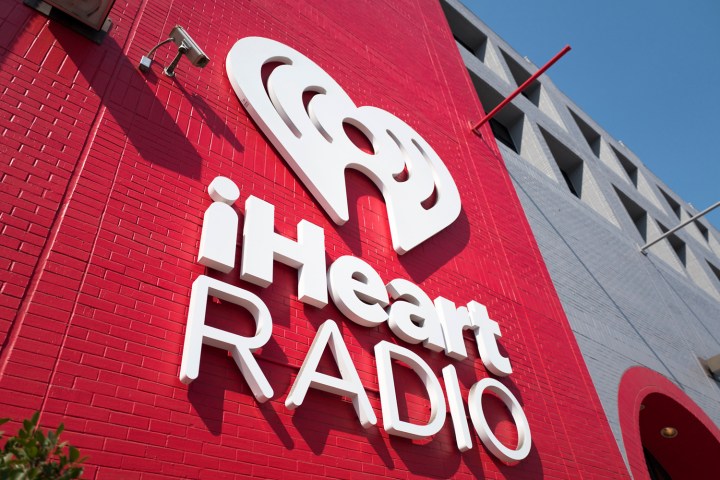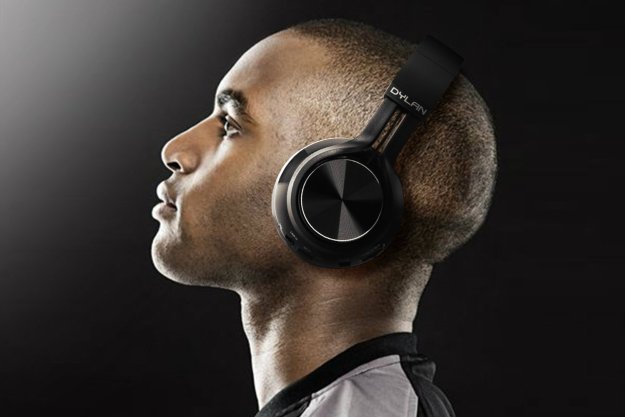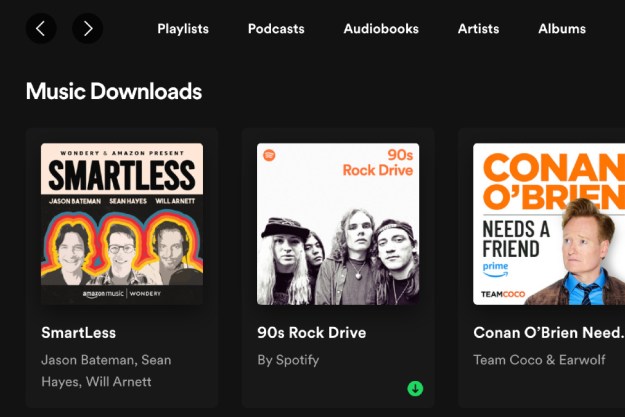In the past five months, the two largest radio conglomerates in the United States have separately filed for Chapter 11 bankruptcy. In November, the second largest radio company in America, Cumulus, pulled the lever, and just last week its rival iHeartRadio did the same. Both conglomerates were slowly bled dry by an inability to pay back billions of dollars of debt acquired during two decades of serial expansion and buyouts.
At first glance, it might appear as though the terrestrial radio stations are broadcasting from their death beds. Balance sheets and politicians can make it seem as though radio is struggling and unnecessary in the high tech era.
But once you dig below the surface into the reality of the industry, you quickly realize the format itself isn’t the problem.
“Currently the medium is very strong, much stronger than you would believe from reading all the hype about every other form of audio,” says Ken Freedman, general manager of New Jersey’s WFMU, the longest-running freeform radio station in the United States. “Podcasting, internet audio, streaming, physical audio, every other form of audio has gotten so much press, but the numbers still belong to radio by far.”
Radio America
Believe it or not, radio is — hands down — the most popular entertainment medium in the United States. The format has astronomical engagement numbers, reaching 93 percent of those who live in the country. That’s better than the adoption of TV (89 percent), computers (50 percent), and even smartphones (83 percent).
Believe it or not, radio
is king, reaching 93 percent of those who live in the country
According to media relations firm News Generation, 271 million Americans over the age of six listen to the radio every single week. And that’s not just limited to what goes out over the airwaves. Internet radio is more popular than ever, having reached over 53 percent of Americans over the age of twelve as of 2017, according to the Pew Research Center.
So what’s going on here? The billion dollar question, it turns out, isn’t when will terrestrial radio fail, but why it’s struggling in the first place.
The Birth of Corporate Radio
The roots of iHeartRadio and Cumulus’ dominance in the market – as well as their ultimate Chapter 11 filings – can all be traced back to the Telecommunications act of 1996.

While ostensibly created to foster competition, the act, which marked the first major radio reform since the FCC was created in the ‘30s, opened the floodgates to large corporate ownership in the radio industry by stripping limitations on the maximum number of stations a single business could own. Prior to 1996, one company could not own more than 40 radio stations in the country. After 1996, it was essentially a free-for-all.
“They could now own hundreds and hundreds of stations, so that’s what happened,” says Freedman, ”They grew incredibly fast. They tried to save costs by centralizing the programming decisions, and even centralizing the announcing so that you would have one announcer in Chicago or in New York doing the announcements for hundreds of stations all over the country.”
Prior to 1996, one company could not own more than 40 radio stations in the country. After 1996, it was essentially a free-for-all.
It might seem easy to blame the shift from strong regional stations to large, homogeneous channels — many of which even share the same name across markets — for big radio’s current financial problems. After all, lower-quality content should eventually lead to lower listenership numbers and worse ad revenue. But contrary to the headlines you may have seen lately, the corporate radio industry still generates massive revenues each year.
The real source of corporate radio’s struggles is a more complicated tale of entangled financial agreements, corporate takeovers, and ballooning debt. At the end of the day, the two biggest players in corporate radio simply became overleveraged, didn’t meet projected growth, and as a result, were unable to pay down their massive debts. That both iHeartRadio and Cumulus went through similar dire straits in such a tight timeframe can be chalked up to sheer coincidence; iHeartRadio alone had been holding on by a shoestring since at least 2010.
Ultimately, though, both companies appear as though they will emerge relatively unscathed – in the short term, anyway. iHeartRadio has already reached an agreement with investors to restructure its debt from $20 billion down to $10 billion, and Cumulus will likely do the same in short order.
A slow death
That’s not to say there aren’t some serious warning signs ahead for radio’s corporate overlords.
While the mass homogenization of content may not be directly related to the current financial struggles of big radio, it’s hard to see how it won’t affect them in the future. As digital ad sales continue to grow by double digits each year, more traditional ad-based industries — TV, print, and radio — have all seen slow-but-steady declines.
As music streaming services continually improve on their radio-style playlist algorithms, and an increasing number of new cars come with network connectivity built-in, it may become difficult for corporate stations to compete.
After all, digital mediums like Spotify and Pandora have significantly more information about each person’s individual listening habits than stations do, meaning they will eventually be able to provide even better targeted content and ad placement.
Score one for the little guy
While ad-revenue may be trending downward, radio remains the cornerstone of music discovery in the United States. According to Nielsen’s annual Music 360 report, 49 percent of Americans use the format to find their favorite new music — significantly more than other sources.
Many argue that the best way for radio to stay relevant in the evolving market is to offer the kind of human touch that made it so popular in the first place. That’s still offered by the small number of public and private stations that craft their content for smaller and medium sized markets. While the vast majority local stations were unable to escape the corporate takeover, those that did have seen steadily increasing ratings since corporate radio stations first took over the airwaves in the late ‘90s.
The best way for radio to stay relevant is to offer the same human touch that made it popular.
“In some ways the [iHeartRadio] model has been helpful because a lot of people who still want diversity, objectivity, entertainment, and choice in their programming tend to spend time on the left side of the dial now,” says Matt Fleeger, station manager of Oregon’s publically funded jazz station KMHD. “What boggles my mind is that it [would] be so easy for commercial radio to just transition back into this. But the fact of the matter is that investors and board members just aren’t willing to go back.”
Corporate leaders may want to take a lesson from smaller competitors if they want to compete in the music market long term. The best case study for this comes via satellite radio giant SiriusXM. SiriusXM remains among the only profitable paid music services, and relies heavily on curated content and celebrity hosts to drive listenership, leveraging its wide reach with a human touch that relates well to subscribers. Though it does lack the same targeted local appeal as smaller FM stations, the company has reaped the rewards of thoughtful, non-algorithmic programming.
Meanwhile, local stations like KMHD and WFMU are not only prospering over the airwaves, they’ve also seen a dramatic increase of listenership online. Two thirds of WFMU’s listeners now tune in via the internet, and both stations are exploring ways to compete with streaming services like Spotify and Apple Music in the growing on-demand music market.
Freedman sees the expanded reach of WFMU and stations like it as a result of their inescapable human elements. In the future, he thinks this personal touch will be integral to maintaining the viability of radio as an entertainment medium as a whole.
“I think that, in a way, the amount of musical algorithms and recommendation engines that are proliferating leave a lot to be desired,” Freedman says, “I know people of all ages who tell me that they just like WFMU as a companion because there is a human being there.”
Whether or not corporate radio will revert to a more personal business model over the next few decades remains to be seen. Without doing so, KMHD’s Fleeger thinks they may be in trouble as digital services continue to proliferate. Once radio becomes less of a go-to option in cars and at work, without a good reason to listen to a particular station, people simply may not do so.
“It’s like making a sandwich,” Fleeger says of hand-curated radio formatting, “At the end of the day there are ways to improve on how to make the sandwich a little bit. But when it stops being a sandwich that anybody wants to eat, then you probably fucked up the sandwich.”
Editors' Recommendations
- It’s official: You don’t need to spend more than $100 on true wireless earbuds
- You’re probably seeing more social media propaganda, but don’t blame the bots






